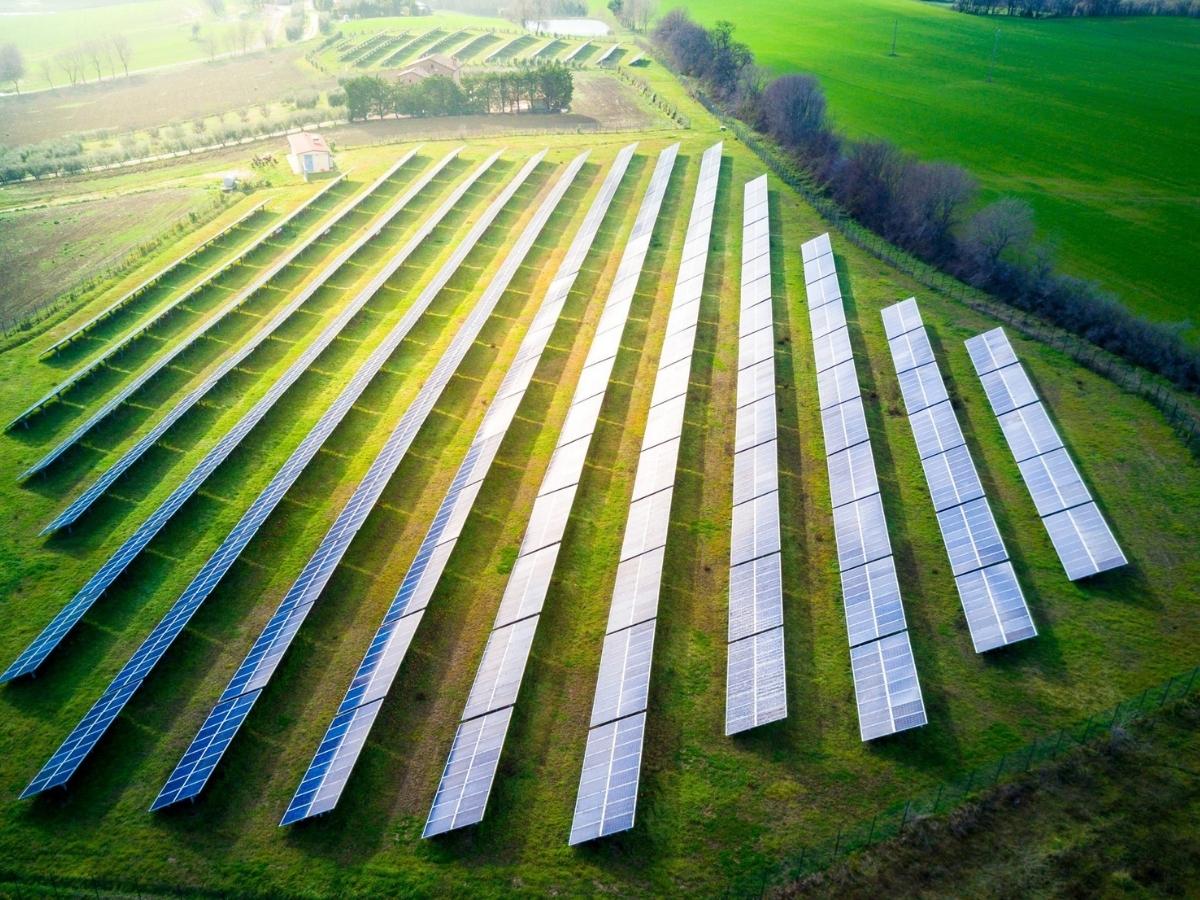As Thibaud Clisson explains, the window to limit the global temperature rise to 1.5C is closing fast, but there are investable solutions that can keep it within reach.
On this page:
- Existing climate policies are critically insufficient to reach the goals of the Paris Agreement on climate change and would lead to a temperature rise of 3.2C by 2100
- Annual greenhouse gas (GHG) emissions continued to rise between 2010 and 2020, and are now reaching their highest level ever in human history
- On the current trajectory, the remaining 1.5C carbon budget (500 Gt) is likely to be exceeded before the end of the decade.
These are just some of the headline statements from the Intergovernmental Panel on Climate Change’s (IPCC’s) latest report on climate change mitigation. The near 3 000 page document, like preceding reports on climate change science and climate change impacts, gives a clear message on the need for us to take climate action.
A critical situation
The IPCC says that to meet 1.5C with no or limited overshoot of temperatures, carbon emissions (CO2) need to peak by 2025, fall by 43% by 2030 from 2019 levels and hit net-zero in the early 2050s.
This doesn’t mean we can rest on our laurels until 2025. The quicker we start bending down the global emissions curve, the better. While the annual growth rate has slowed slightly over the last decade, emissions have still risen across all main sectors of society.
More ambitious policies and structural changes are needed to combat climate change.
The report stresses the importance of ‘rapid and deep’ emissions cuts in the energy sector. Energy efficiency gains have not been enough to offset the increased economic activity in all areas that rely on energy. It is also critical to reduce methane emissions from energy and other sectors – the IPCC says that global methane emissions need to fall by 34% by 2030.
The IPCC stresses the risk of stranded fossil fuel assets could amount to USD 1-4 trillion between 2015 and 2050 if global warming is limited to 2C, with coal assets being most at risk, followed by oil and gas in the coming decades. Removing fossil fuel subsidies alone could cut emissions by up to 10% by the end of the decade, the report says.
Overall, global coal consumption needs to fall by 95% by 2050 from a 2019 baseline, with reductions in oil and gas use estimated at 60% and 45%, respectively.
There are solutions
On the plus side, the report says the solutions to decarbonise, for example, the energy sector, are readily available and increasingly cost-effective. Solar power and lithium-ion battery production costs have fallen by 85% over the last decade, while wind energy costs have fallen by 55% over the same period.
Policymakers are engaging with the problem. The steady growth in policies and laws targeting GHG emissions, which now cover around 53% of global emissions, have prevented 5.9 gigatonnes (Gt) per year of CO2 entering the atmosphere over recent years, according to the report.
Around 20% of global emissions are covered by carbon pricing schemes. Separately, recent research has indicated that if all updated climate pledges made at COP26 are met, warming could be limited to 1.9–2C.
On demand-side mitigation, measures that reduce the consumption of carbon-intense goods and services could cut global emissions by 40-70% by 2050, while reducing the need for CO2 removal, relieving the pressure on land and improving human well-being. Food-related changes offer the greatest potential for emissions savings, followed by land transport, according to the report.
Transforming the transport sector to reduce demand and increase public transport and the use of electric vehicles, will also be key, as will be investing in transport infrastructure .
Although most of the pathways modelled in the report involve a certain amount of CO2 removal to offset hard-to-abate emissions and cut CO2 levels after a small overshoot, it appears clear that major short-term reductions should lower the need for negative emissions technologies later, highlighting the importance of taking direct action now.
While the report warns policymakers and the private sector about the need for urgent action to tackle climate change, it also highlights the solutions available for investors to support efforts to reduce emissions more quickly.
We believe the expense – reducing global GDP by a few percentage points by 2050 – would be dwarfed by the costs of dithering. Action now would come with substantial interrelated benefits in areas such as human health and sustainable development.
Disclaimer
Any views expressed here are those of the author as of the date of publication, are based on available information, and are subject to change without notice. Individual portfolio management teams may hold different views and may take different investment decisions for different clients.
The value of investments and the income they generate may go down as well as up and it is possible that investors will not recover their initial outlay. Past performance is no guarantee for future returns.
Investing in emerging markets, or specialized or restricted sectors is likely to be subject to a higher-than-average volatility due to a high degree of concentration, greater uncertainty because less information is available, there is less liquidity or due to greater sensitivity to changes in market conditions (social, political and economic conditions).
Some emerging markets offer less security than the majority of international developed markets. For this reason, services for portfolio transactions, liquidation and conservation on behalf of funds invested in emerging markets may carry greater risk.






Comments